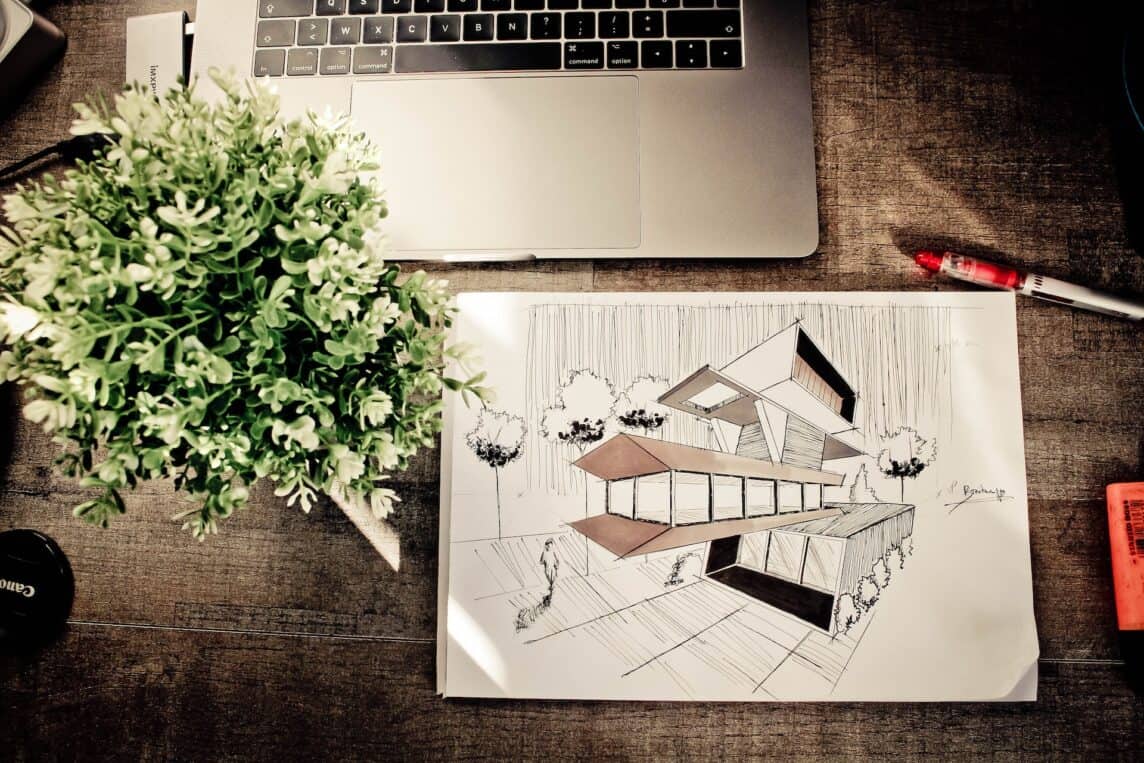Art and design are two intertwined forms of visual communication that frequently overlap and challenge their respective domains. This interplay raises questions about whether design can be considered art, and if art can be viewed as a form of design. In this article, we examine the relationship between these creative fields, exploring how they intersect, diverge, and what sets them apart.
The Essence of Art
Art is typically defined as an expression and application of creative skill and imagination, spanning various forms such as painting, photography, and sculpture. The primary objective of art is to create works that evoke beauty, emotional depth, or intellectual stimulation. Artists aim to express their vision, ideas, or emotions through their creations, often defying traditional norms and pushing boundaries. Art melds creativity and technical proficiency to transform beauty, emotional intensity, or conceptual notions into visual manifestations. The concept of art is extensive and debated, leading to highly subjective and diverse appreciation across cultures and historical periods.
The nature of design
Design, on the other hand, refers to a plan or instruction for the construction of an artefact, system, activity or process. The design cycle revolves around the making of a scheme, or prototype, or a finished product, or a process, with the end user in mind. Design informs many aspects of daily life, ranging from fashion, furnishings, products, computer games, software interfaces, branding, animation, publishing and advertising. Design is grounded in practicality and is not solely concerned with aesthetics; it must prioritise the needs of the end user. Although designers may convey feelings and ideas through their work, self-expression is secondary to the creation of practical objects, tools or environments.
Shared characteristics
Art and design share several similarities, including the underlying design principles of shape, colour, line, scale, contrast and balance. Both artists and designers develop their creative abilities by studying artistic methods such as drawing, painting and sculpture. In addition, both fields can produce visually appealing works worthy of display and admiration. In addition, art and design can be used to tell stories, although for different purposes. In art, storytelling is often the primary focus, while in design it is a vehicle to achieve a specific goal or convey a statement.
Artists and designers frequently collaborate, with design playing a role in the creation of numerous artworks. Fashion photographers capture designers’ creations, contemporary artists reinterpret elements of popular design culture, and sculptors use commercial products as inspiration for their art. These blurred lines can lead some designers to view their work as art. However, the crucial distinction between art and design lies in their purpose and function.

Contrasting Features
The primary difference between fine art and design resides in their purpose and function. Fine art, or “high art,” is created for enjoyment and display, while design, considered a “low art,” serves a purpose and has a function. Fine art is traditionally appreciated for its aesthetic beauty and is often enjoyed and displayed by those with refined taste and resources. In contrast, low arts, including design, decorative arts, and crafts, are created for the masses, making them accessible, easily understood, and available to a wide audience.
Graphic design, though sharing similarities with art, is not considered art. It employs design methodologies to create clear visual messages and solve problems, thus falling into the design category rather than art. Recognizing the unique aspects of art and design allows for a more profound appreciation of the beauty, functionality, and emotional impact that these creative expressions bring to our world.
It is crucial to acknowledge and appreciate the unique aspects of art and design, as they each contribute to the richness and diversity of human expression and experience. They complement each other in various ways, with artists finding inspiration in design and designers incorporating artistic elements into their work. This ongoing relationship and dialogue between art and design make it difficult to definitively separate the two, as they often inform and influence each other.
In our daily lives, we can enjoy the beauty and ingenuity of both art and design. From admiring the creative expertise of fashion and interior design to purchasing and displaying art for sale alongside “low arts” such as exquisite furniture or well-designed objects, the worlds of art and design continuously intersect and enrich our surroundings. By understanding and acknowledging the differences and similarities between these creative fields, we can better appreciate the value and significance of both art and design in our lives and the world at large.
As we continue to explore the realms of art and design, we can further push the boundaries of what is considered art or design and challenge traditional definitions. This ongoing conversation and debate create an exciting and dynamic environment for artists, designers, and creative professionals to experiment and innovate, ensuring that the worlds of art and design will continue to evolve and thrive.
Conclusion
In conclusion, while art and design are distinct in their purpose and function, they also share many similarities and often intersect in various ways. The complex relationship between these creative fields enriches our understanding of human expression and fosters innovation and growth in both areas. By appreciating the unique contributions of art and design, we can enhance our experience and enjoyment of the world around us, and celebrate the incredible creativity and diversity of human expression.
